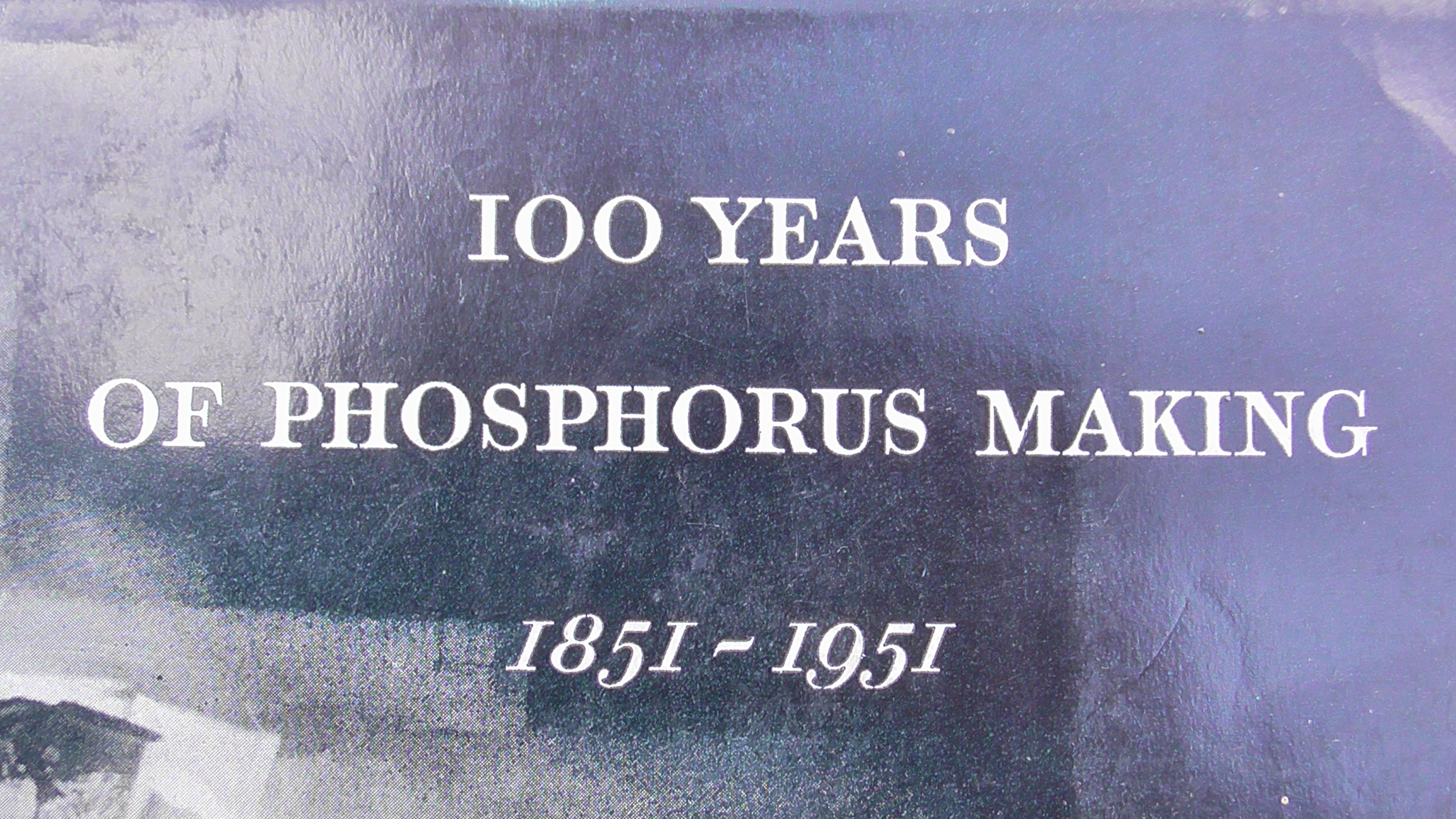We have looked previously how this deceptive element was used in World War one, particularly because of its smokescreen properties. By the start of World War Two its use had been perfected in the form of ballistic projectiles capable of causing much misery and destruction. Albright and Wilson of course added to this as the only UK producers of white phosphorus.
Two contrasting uses of white phosphorus illustrate just how the chemical gained notoriety in the military fields. What remained behind on the ground and surrounding waters can only be imagined. Just who decontaminates bombed territory after the ceasefires of war?
Rabaul is located in “New Britain” an island of Papua New Guinea. Strategically it has been of vital importance as a naval operations centre in the South West Pacific, but has a bizarre history of volcanic eruption. Britain took control in World War one ousting the German led administration. After the baton passed to Australian control it was destroyed in a 1937 eruption.
The Japanese invaded in 1942 and it became the main base of their military and naval activity in the South Pacific.
As a part of Operation Cartwheel, a joint campaign by the US, Australian and New Zealand air forces in late 1943 initiated a sustained bombing operation against the airfields and port of Rabaul.
The picture above shows that white phosphorus was used in this operation scattering particles of burning white phosphorus across large areas of land. But the direct targets of the Japanese anti-aircraft gun emplacements are not directly hit. The smoke merely drifts across making visibility for what came after very difficult. Who knows how many tonnes of incendiary rained down on the area or what the environmental cost was to be- that’s just another of the casualties of war. In 1994 the area was again destroyed by fire in the form of another volcanic eruption. In one way or another the place must be doomed to being a land of fire and smoke.
If the use of white phosphorus was considered justified in such bombing raids, one has to wonder what Operation Gamorrah was really about other than pure revenge on an industrial scale from above. The devastation of one city is summed up in “The shocking History of Phosphorus- A biography of the Devil’s element.” by John Emsley. Some have put the death toll much higher.
One can ponder at the mind boggling human suffering, but the zoo… one can only wonder what those poor trapped animals suffered during those raids. The victors do not write such histories, (perhaps “German animals” don’t matter), but choose to omit them when pontificating on “finest hours”. THIS WAS SURELY THE RAF’S WORST HOUR BY FAR, AND THAT GOES FOR THEIR COMMANDER IN CHIEF AS WELL.
But hang on a minute, there’s no mention of the bombing of Hamburg in “100 years of phosphorus making”– the story of the first 100 years of Albright and Wilson by R.E Threlfall. They were as he and their latter day works managers and PR apologists like to point out “the U.K’s only phosphorus suppliers”.
SO ALBRIGHT AND WILSON , A “PEACE” LOVING QUAKER FAMILY RUN FIRM CAN BE SEEN TO HAVE PLAYED A MAJOR PART IN THIS MASSACRE OF LIFE, AND OF COURSE IN 1942 THE RATTLECHAIN SITE WAS IN USE FOR EXPENDING THE HORRORS OF WAR INTO AN OLD ABANDONED CLAY PIT.
PUT THAT IN YOUR CLAY PIPES AND SMOKE IT LATTER DAY “PACIFISTS” AND DISARMAMENT CAMPAIGNERS.
“The only good thing that comes from war is the stimulation of scientific research, primarily with the object of killing human beings but incidentally in finding substitutes for age-old materials and methods.” R.E THRELFALL



